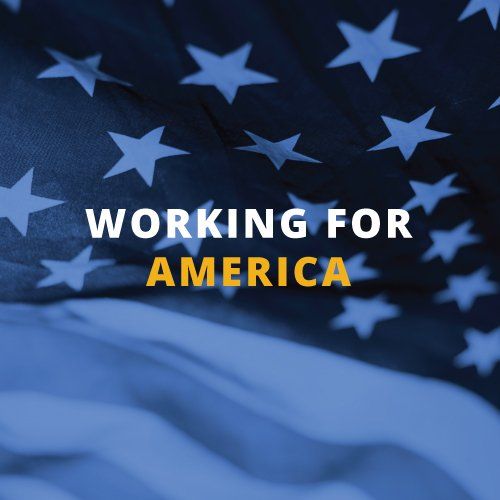Maryland
Workforce Success Stories
WORKFORCE EXPERTS
Governor’s Workforce Development Board
Michael R. DiGiacomo, Executive Director
1100 N. Eutaw Street, Room 616
Baltimore, MD 21239
KEY WORKFORCE PRIORITIES
1.
BUILD A TALENT DEVELOPMENT SYSTEM THAT PROVIDES LIFE-LONG LEARNING OPPORTUNITIES FOR MARYLANDERS. Key Strategy:
Continue work resulting from Skills2Compete Maryland Initiative, the goal of which is to increase the number of Marylanders completing at least two years post-secondary education and training by 20 percent by 2012.
2.
FURTHER DEVELOPMENT AND PROMOTION OF A STATE SECTOR STRATEGY INITIATIVE Key Strategy:
Implement a sector strategies process, of which career pathways are an integral part that will be locally driven and regional in scope.
3.
ESTABLISH A COMMON VISION FOR YOUTH WORKFORCE PREPARATION Key Strategy:
Connect agencies and organizations under a common vision of youth workforce preparation, and ensure consistent statewide approach to Maryland’s youth to be workforce ready and support their transition into 21st century careers.
FAST FACTS
- JOBS: The number of jobs has started to recover. Maryland’s job growth of 28,400 jobs (1.1 percent increase) between October 2009 and October 2010 was the ninth highest in the nation, in terms of raw numbers and percentage. The largest job gains were seen in Professional & Business Services and the Education & Health Care sectors.
- WORKERS: Maryland’s workforce continued to rank among the nation’s most productive and skilled. Compared to the rest of the United States, Maryland’s residents have a high rate of participation in the labor force (66.5%), a low unemployment rate (7.4%), and high levels of educational attainment. The median age of Maryland’s workers is higher than the national average.
- OCCUPATIONAL PROJECTIONS: The list of fastest growing occupations in Maryland is dominated by positions related to health care and science, technology, engineering and math (STEM) fields, including Health Information Technology (HIT) and CyberSecurity. Jobs that require training or education beyond high school account for the overwhelming majority of projected occupational openings between 2008 and 2018 in Maryland.
- EDUCATION: Maryland’s PreK-12 system is the beginning of the State’s workforce pipeline. The outcomes of Maryland’s students rank highly against national measures, including Advanced Placement (AP) participation and scores. Maryland’s Career and Technology Education (CTE) programs are increasing the pipeline of students who are both ready for college and possess technical skills. Maryland’s highly-educated workforce is largely due to the state’s outstanding network of colleges and universities. During the 2008-2009 school year, these institutions awarded over 59,000 credit-based degrees and certificates.
LOCAL WORKFORCE DEVELOPMENT BOARDS
Find local Workforce Development Boards in this state





